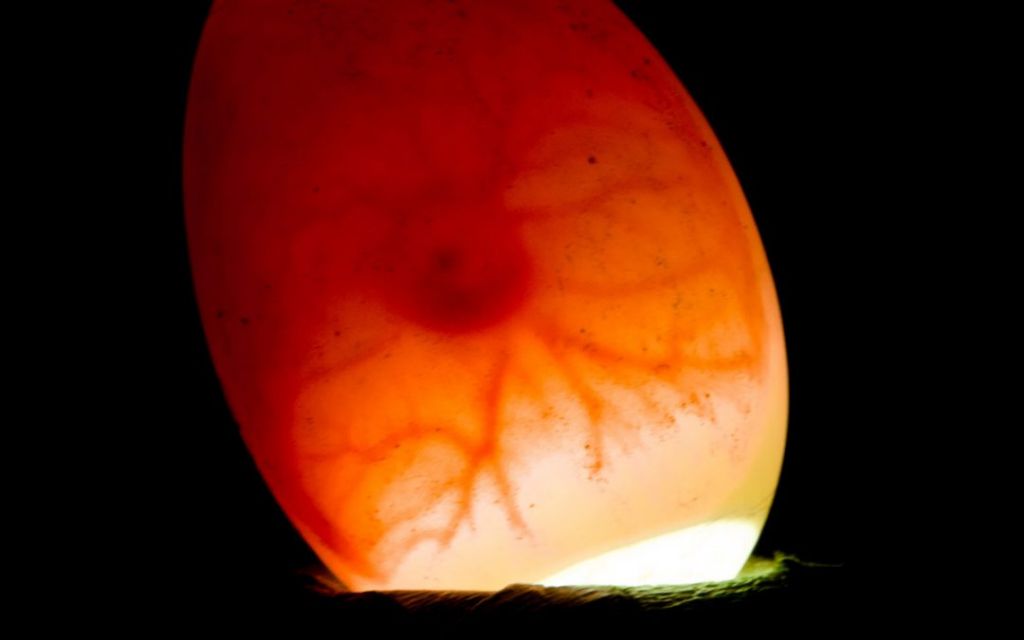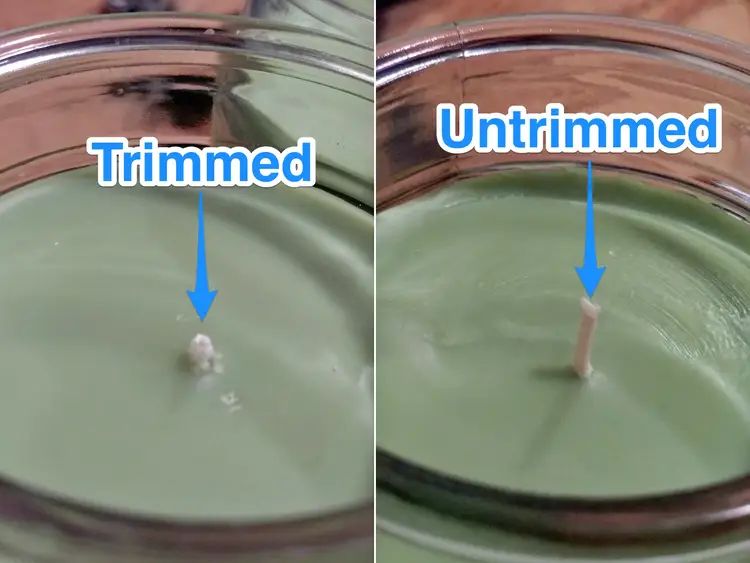What Is The Term Candling?
What Is Candling?
Candling is an inspection technique that takes advantage of eggshell transparency to examine the interior quality of eggs. A bright light source is placed behind the egg, allowing the contents to be visualized.
The origins of candling trace back thousands of years. Ancient Chinese first inspected eggs for quality and freshness using simply candlelight. The technique spread worldwide, with early candling done by holding eggs up to any flame. The name “candling” comes from originally using candlelight as the illuminating source.
Today, candling remains an essential practice in egg farming and production. It identifies cracked, rotten, or double-yolk eggs before going to market. Candling ensures only high-quality eggs reach consumers. The process also assists in monitoring embryo development during artificial incubation. Beyond eggs, candling can inspect the interior of other translucent objects.
The main purposes of candling are to:
- Assess egg quality and freshness
- Identify cracked, fertile, rotten, or double-yolk eggs
- Monitor embryo growth during incubation
- Detect abnormalities or contaminants in translucent objects
How Candling Works

The candling process involves shining a bright light through an egg to illuminate the interior and observe what is inside the shell. A candling light source emits bright transillumination that passes through the egg, revealing its contents.
There are a few key tools used for egg candling:
- Candling light – Typically an LED or incandescent light bright enough to shine through an egg. May be a handheld wand or mounted in a candling box.
- Egg holders – Hold the egg securely against the candling light. May be foam, rubber, or metal holders designed not to block light transmission.
- Dark environment – Candling should take place in a dark room so the only light passing through the egg is from the candling light source.
To candle an egg, it is placed in an egg holder or directly against the candling light in a dark environment. The bright light illuminates the interior of the egg, making the contents visible. Air cells, embryos, blood vessels, and egg quality can potentially be observed. The egg must be rotated to see the entire interior. Proper technique is important for accurate candling results.
Some automated or electronic candling devices are available, such as transilluminators that use software to analyze eggs hands-free. But manual handheld candling remains common.
Uses of Candling
Candling has several important uses in egg production and incubation:
One of the main uses is checking for defects or signs of quality in eggs. Candling allows you to see inside the egg and identify any cracks, blood spots, or other issues that would make the egg unfit for sale or incubation. Clear, evenly illuminated eggs are highest quality. Dark spots or unclear areas often indicate defects. Candling provides an efficient way to grade and sort eggs. (Source: https://www.brinsea.com/brochures/EggCandling.pdf)
Candling is also essential for assessing fertility in eggs destined for incubation. The contents of a fertile egg will appear dark and opaque in the early stages of development. Infertile eggs will have a clear appearance throughout. Candling provides the ability to identify and remove infertile eggs so that only viable eggs take up space in the incubator. This helps optimize hatch rates. (Source: https://layinghens.hendrix-genetics.com/en/articles/egg-candling/)
In addition, candling allows egg producers to monitor embryonic development during incubation. As the embryo grows, blood vessels become visible and the air cell enlarges. Experienced candlers can assess the stage and health of the embryo by observing patterns and changes inside the egg. This helps identify potential problems early on. (Source: https://www.brinsea.com/brochures/EggCandling.pdf)
Candling in Egg Production
Candling plays a critical role in commercial egg production. It allows egg producers to assess the fertility and development of eggs throughout the incubation process. Most commercial hatcheries will candle eggs multiple times during incubation – usually around day 7, day 14, and day 18 of a 21-day incubation period.
The main goals of candling in commercial egg production are to identify and remove infertile eggs, eggs with dead embryos, and eggs with physical defects. This helps optimize hatch rates. It also prevents rotten eggs from contaminating healthy eggs. According to one source, candling enables egg producers to remove approximately 10% of eggs during incubation that are unlikely to hatch properly [1].
Candling makes it possible to monitor embryo development and catch issues early on. When candled against a bright light, a viable egg will show a network of blood vessels radiating from the embryo. Infertile eggs or eggs with dead embryos will have a dark shadow. Eggs with cracks or other defects may also appear abnormal when candled. Any questionable eggs can be opened for further inspection.
By routinely candling and removing bad eggs from incubators, hatcheries are able to optimize conditions for the remaining healthy eggs. This allows them to achieve consistently high hatch rates. Candling is a simple, low-cost, and non-invasive way to improve incubation success.
Candling Other Objects
Candling techniques can also be used on objects other than eggs, including:
Candling gemstones – The process of shining light through gemstones to examine their optical properties and identify flaws is sometimes referred to as candling. This allows jewelers and gemologists to inspect the interior of gemstones. [1]
Candling fruits/vegetables – Candling can be used by farmers, grocers, and consumers to assess the ripeness and quality of certain fruits and vegetables. Shining light through an apple, for example, reveals information about its denseness and maturity. [2]
Applications in medicine – Modified candling techniques are sometimes used in medicine. For example, transillumination can help identify fluid or abnormalities in body cavities. [1]
Science Behind Candling
Candling relies on the scientific principle of transillumination, which is the process of shining a light through a translucent object. Chicken eggs are translucent, meaning that light can partially penetrate through the shell and membrane. This allows the inside of the egg and any contents to be examined when a bright focused light is shone through it.
As light passes through the egg, it creates a shadow silhouette revealing the size of the air cell, the yolk, and any cracks, blood spots or embryo development. Using the differences in opacity, density and color, trained professionals can identify the quality and freshness of the egg.
Candling takes advantage of the fact that chicken eggshells are semipermeable, transmitting light waves between 340-750 nanometers. The air cell, white, yolk and any inclusions will obstruct some of the light and create lighter or darker areas that can indicate the condition of the egg.
With the right illumination and an understanding of avian embryology, candling allows egg inspectors to quickly analyze large quantities of eggs for incubation purity and human consumption. It provides a non-destructive method to evaluate the interior of eggs without breaking them.
Source: https://bockbocks.com/best-ways-for-candling-eggs/
Candling Equipment
There are several types of equipment used for candling eggs. The most essential piece is the candling light source. Traditional candling lights were simple bulbs, but modern options include LED lights or laser lights designed specifically for egg candling. These provide the bright, focused illumination needed to see through the egg shell.
Candling boxes or egg holders are used to position the eggs properly under the light. These may be as simple as cartons with holes cut in them to allow light to pass through. More advanced options like candling tables allow illuminating entire trays of eggs efficiently. There are also mechanical devices that automatically rotate and position each egg for the candler.
Some key considerations for egg holding devices are keeping the eggs stationary, preventing contact or impact between eggs to avoid cracks, and optimizing the viewing angle to see egg contents. Features like sloped, grooved or indented holders can help achieve proper egg positioning.
Candling Technique
Proper candling technique is important for accurately inspecting the interior of an egg. It should be done in a dark room to maximize visibility. The main steps are:
- Ensure the room is completely dark so the candle light shines through the egg clearly.
- Hold the large end of the egg gently but firmly up against the light source. Many people use specialized candling devices, but a bright flashlight can also work.
- Slowly rotate the egg to illuminate the entire interior and look for signs of fertility and development. Tilting the egg at different angles can help see different areas more clearly.1
The person candling should have proper hand-eye coordination to hold the egg still while rotating smoothly. It takes practice to become skilled at the technique. Rushing through candling may lead to missing key indicators inside the egg.
Limitations of Candling
While candling is a useful technique, it does have some limitations that poultry farmers should be aware of. Candling only allows you to see to a certain depth within the egg, so it does not provide a full picture of what is going on inside. According to How to Candle Eggs with Candling Lamps on Test(https://cluckin.net/how-to-candle-eggs-with-candling-lamps-on-test.html), “Exactly how much you can see is dependent on the strength of the candling lamp, the color and opacity of the egg shell, the position of the embryo and yolk.” Typically, candling will reveal whether an egg is fertile or not and allow you to see veins developing, but it cannot show everything.
Additionally, candling does not reveal the sex of the embryo or chick inside the egg. You cannot determine gender until the chick hatches. Candling is also limited in that you can only perform it during certain periods of embryonic development. It is most effective between days 7 and 16 of incubation when the air cell has enlarged and the network of veins is visible.
While a useful tool, candling has restrictions in what it can detect. It provides some valuable information, but not the full picture of what is happening in the egg. Poultry farmers should be aware of these limitations.
Alternative Egg Inspection Methods
Although candling has traditionally been the standard method for inspecting the interior quality of eggs, some alternative methods have emerged that can also effectively analyze eggs:
Breakout analysis involves actually breaking open the eggs and visually inspecting the interior quality. This gives very accurate results, but can be time-consuming and destructive to the eggs. Breakout analysis may be done on sample batches to verify the accuracy of other inspection methods.
Measuring egg weight can indicate potential defects. Very light or very heavy eggs tend to have higher rates of abnormalities. Weighing a sample of eggs from a batch can help identify potential issues without breaking the eggs.
Ultrasound technology can also be used to view the interior of eggs. High-frequency sound waves create images of the inside of the egg without cracking it open. Ultrasound allows rapid, non-destructive inspection comparable to candling.
While alternative methods exist, candling remains the most widely used technique for inspecting egg quality and identifying abnormalities, due to its simplicity, low cost, and effectiveness.





